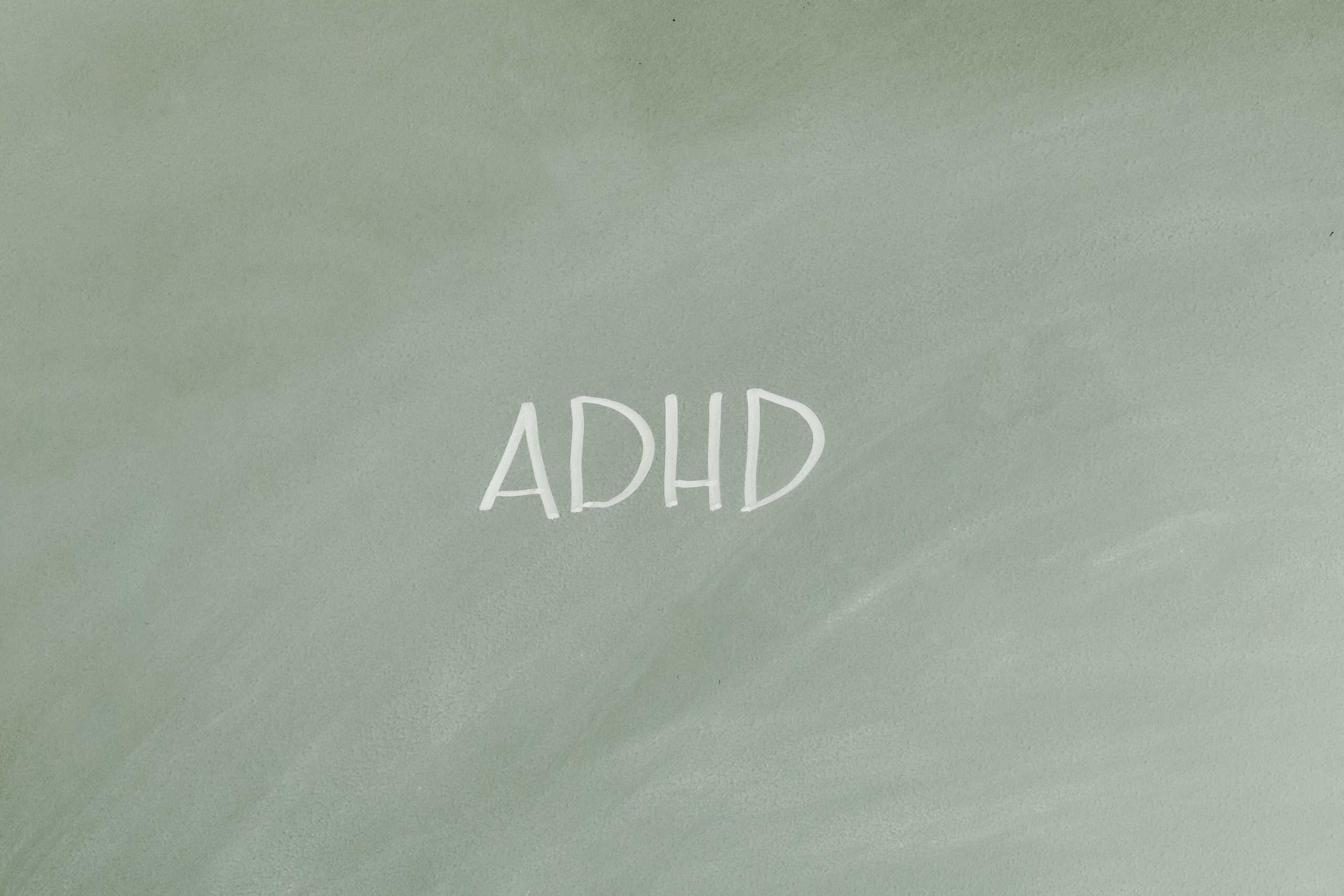As October draws to a close, so does ADHD Awareness Month – a timely reminder for employers to understand the condition and their legal responsibilities toward employees with ADHD.
According to ADHD UK, around 2.6 million people in the UK have a diagnosis of ADHD, and another 2 million remain undiagnosed. Many of these individuals are in the workforce – and employers have a key role in supporting them.
What is ADHD?
Along with other conditions including autism and dyslexia, it is a form of neurodivergence. Neurodivergence is an umbrella term, encompassing a wide range of conditions which impact the way in which the brain operates. They all have differing (and very personal) impacts on the individual affected.
Common Symptoms
The NHS lists common ADHD symptoms in adults, including:
- Forgetfulness or frequent distraction
- Difficulty organising tasks or time
- Struggling to follow instructions or finish work
- Losing everyday items (e.g. keys, phone)
- Restlessness or excessive talking
- Interrupting others
- Impulsive decisions
ADHD is often underdiagnosed in women, possibly because they’re more likely to show inattentive rather than hyperactive symptoms – which are easier to overlook.
The hidden strain of masking
People with ADHD often ‘mask’ their symptoms at work – hiding traits or overcompensating to meet perceived expectations. While masking can help people get by, over time it can lead to exhaustion, anxiety, and burnout.
Masking is particularly common in women and can create serious attendance and wellbeing issues if left unrecognised. Employers should foster a culture where staff feel able to ‘unmask’ and be themselves.
Is ADHD a disability?
In many cases, ADHD will meet the Equality Act 2010 definition of a disability – that is, a long-term mental impairment with a substantial effect on day-to-day activities (including things like communication, concentration, or social interaction).
‘Substantial’ simply means more than minor or trivial. A formal diagnosis is helpful but not essential – the focus is on the effect of the condition, not the label.
Once ADHD qualifies as a disability, employers must:
- Avoid discrimination;
- Make reasonable adjustments;
- Not treat someone unfavourably for a reason related to their disability (unless justified); and
- Protect them from harassment or victimisation.
Legal risks: An example
Employment tribunal claims involving ADHD are rising, especially around the failure to make reasonable adjustments.
In Khorram v Capgemini, the employee disclosed that her ADHD affected her ability to multitask, handle ambiguity, and manage unstructured tasks. The tribunal found her employer failed to:
- set realistic, manageable tasks;
- provide awareness training to colleagues; or
- offer coaching around time management and communication.
The tribunal held that the employer had applied provisions, criteria or practices (PCPs) – such as rigid deadlines and multitasking – that placed her at a disadvantage. Reasonable steps to remove this disadvantage were not taken, amounting to a breach of duty.
Practical tips for employers
Creating an ADHD-aware workplace isn’t just a legal duty – it’s essential for employee wellbeing, retention, and productivity. Here’s how to take action:
- Foster visibility
Encourage an open culture where staff feel safe disclosing ADHD. Visibility is the first step to understanding and support.
- Raise awareness
Run ADHD awareness sessions. Promote the strengths of a neurodiverse workforce – like creativity, energy, and problem-solving.
- Provide team training
The tribunal in Khorram confirmed that ADHD and neurodiversity training can be a reasonable adjustment. Such training helps teams understand how to collaborate effectively with neurodivergent colleagues and fosters a more inclusive culture.
- Act early
If someone reports they may have ADHD, don’t wait for a formal diagnosis. NHS waiting times for assessments can stretch into years. Legal obligations start when you’re aware (or should reasonably be aware) that someone may be disabled.
- Make reasonable adjustments
Adjustments might include flexible deadlines, clear written instructions, reduced multitasking or coaching/mentoring support Seek occupational health advice where needed.
- Equip line managers
Managers should understand that ADHD looks different for everyone. Encourage open conversations, avoid stereotypes, and support employees in finding what works best for them.
With the right adjustments and inclusive culture, employers can unlock the potential of neurodivergent individuals and avoid the legal risks of getting it wrong.
